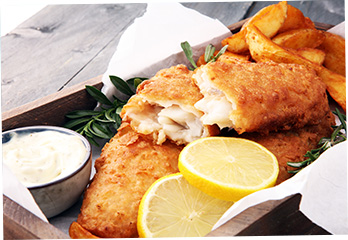Outings: Carry out a risk assessment of the venue beforehand. For example, if the children visit a petting zoo or farm, be aware that some allergic children react to animal fur or feathers.
Celebrations: Every effort should be made to include the allergic child. Safe treats could be supplied by the parents of the child with allergy and kept in a clearly marked container.
Arts and crafts: If a child has a latex allergy, check art equipment (such as paints, rubbers, ties on protective aprons) for latex content. Avoid putting together collages that use nuts or seeds if any child is allergic to these. Packaging, such as boxes that have contained cereal which may have included nuts, or egg cartons and yoghurt pots, if not thoroughly clean, may pose a risk for children with allergies to nuts, egg and milk. Dried peas, seeds and pasta shapes might also be potential hazards.
Animals and birds: Bird feeders and pet food need careful scrutiny. If they contain nuts, it might be difficult to control the spread of nut protein from hands to play surfaces.
Insect sting allergies: If a child has an insect sting allergy you should keep food indoors, cover rubbish bins and make sure the child has a drinking straw or cup with a lid when outdoors.














